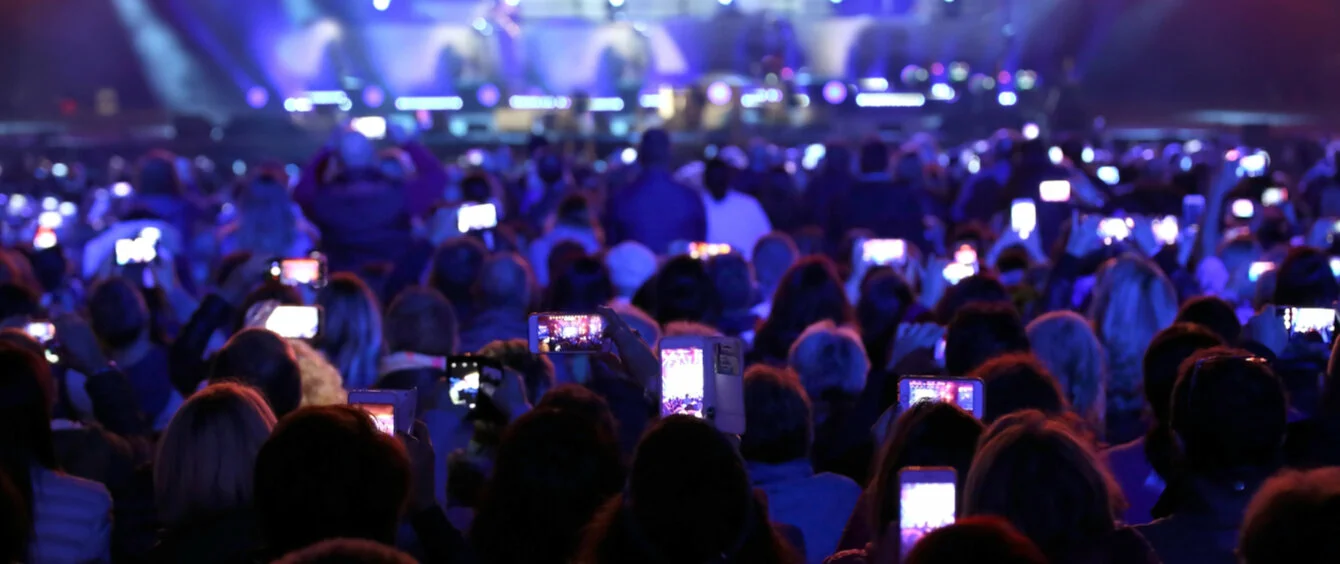We like photos of our friends on instagram, post our opinions on twitter. A trip to the cinema has become netflix and chill – just a click away on streaming devices. The machines of the industry world are now interconnected, meaning processes are continually streamlined. Digitisation has played a decisive part in the enormous economic and social development of the recent decade. At the same time, digital technologies are consuming increasing amounts of energy, according to a study by the French research group The Shift Project. Ten researchers, including economic experts and engineers, have evaluated a total of 170 studies, almost all of which were published in the last five years.
According to the study, energy consumption for the manufacture and use of servers, networks and various end devices such as smartphones, tablets and computers is increasing by nine percent year upon year. Above all, the process of producing these end devices accounts for an enormous proportion of energy consumption – around 45 percent in 2020. Take a smartphone, for example. An astounding 90 percent of the energy consumed during the entire life cycle of a mobile phone is consumed during manufacture. And energy consumption is only set to rise, given that these smartphones are continually being equipped with ever more features.
Network data volume will increase in tandem. Most recently, it has already risen by about 24 percent annually. This is due, on the one hand, to the increase in networked devices overall and per user, and on the other hand to the transition to on-demand consumption. Watching a video online for ten minutes consumes the same amount of energy as using a smartphone for ten days.
Proportion of energy consumption for the production and use of digital devices in 2017
*The Term End-user devices covers stationary and portable computers, tablets, smartphones, mobile phones, audio-visual devices (TVs, radios etc.)The energy consumption of these digital technologies goes hand in hand with greenhouse gas emissions. In 2018, digital technologies emitted 3.7 percent of global greenhouse gases. By contrast, in the same year, civil aviation accounted for two percent and vehicles such as cars and motorcycles for about eight percent of global greenhouse gas emissions.
According to the researchers, the energy efficiency of digital technologies has already improved significantly. But the study also stresses that the wider application of digital technologies means that it is ever more important to raise awareness of digital energy consumption. The researchers refer to this as ‘digital sobriety’. Do we really need a new mobile phone every two years? Are a large number of e-mails always necessary when working together, or could using the cloud be a more efficient solution? This kind of consumer awareness could reduce energy consumption without sacrificing any digital advances.
Photo credits: ChiccoDodiFC, shutterstock.com
Data source: The Shift Project 2018
